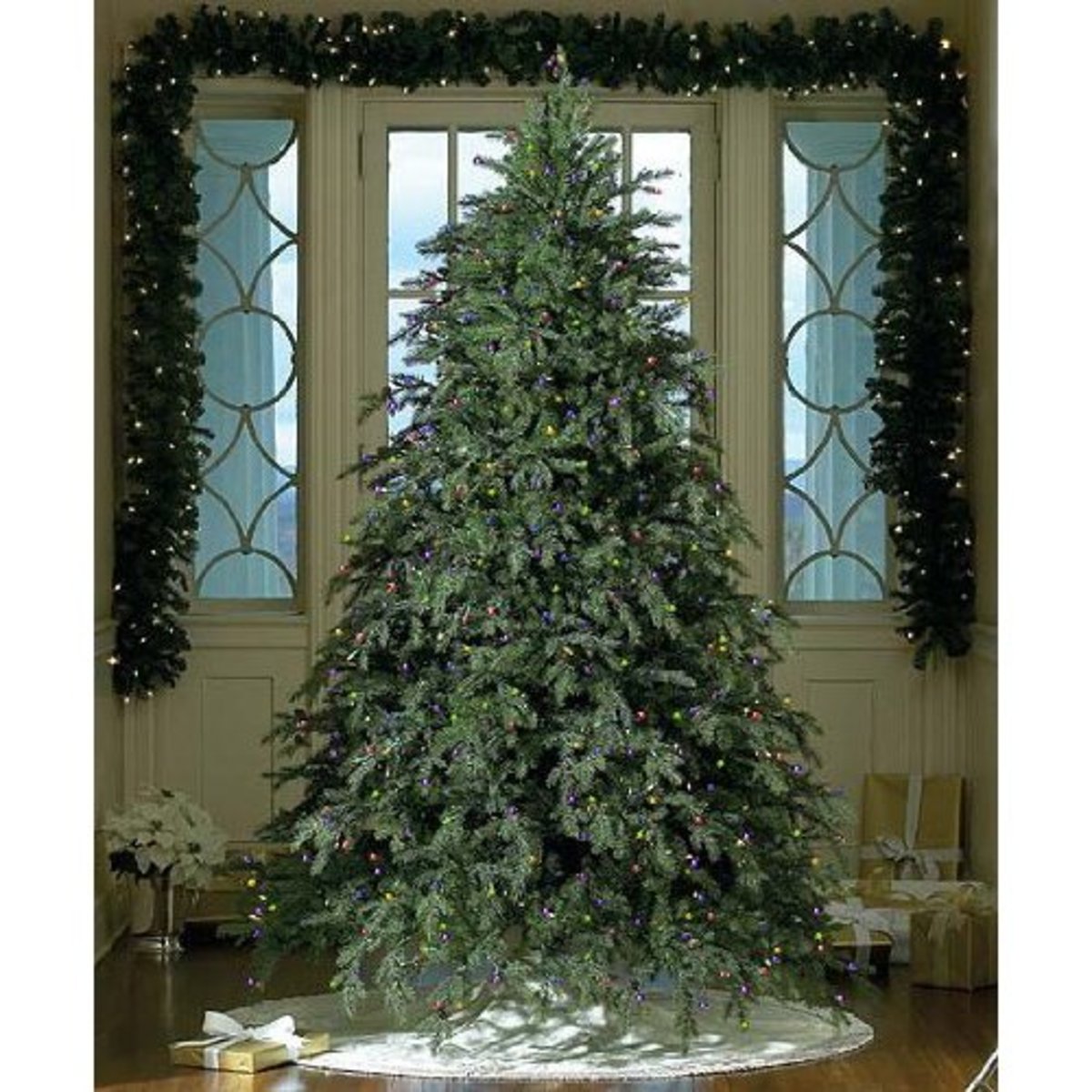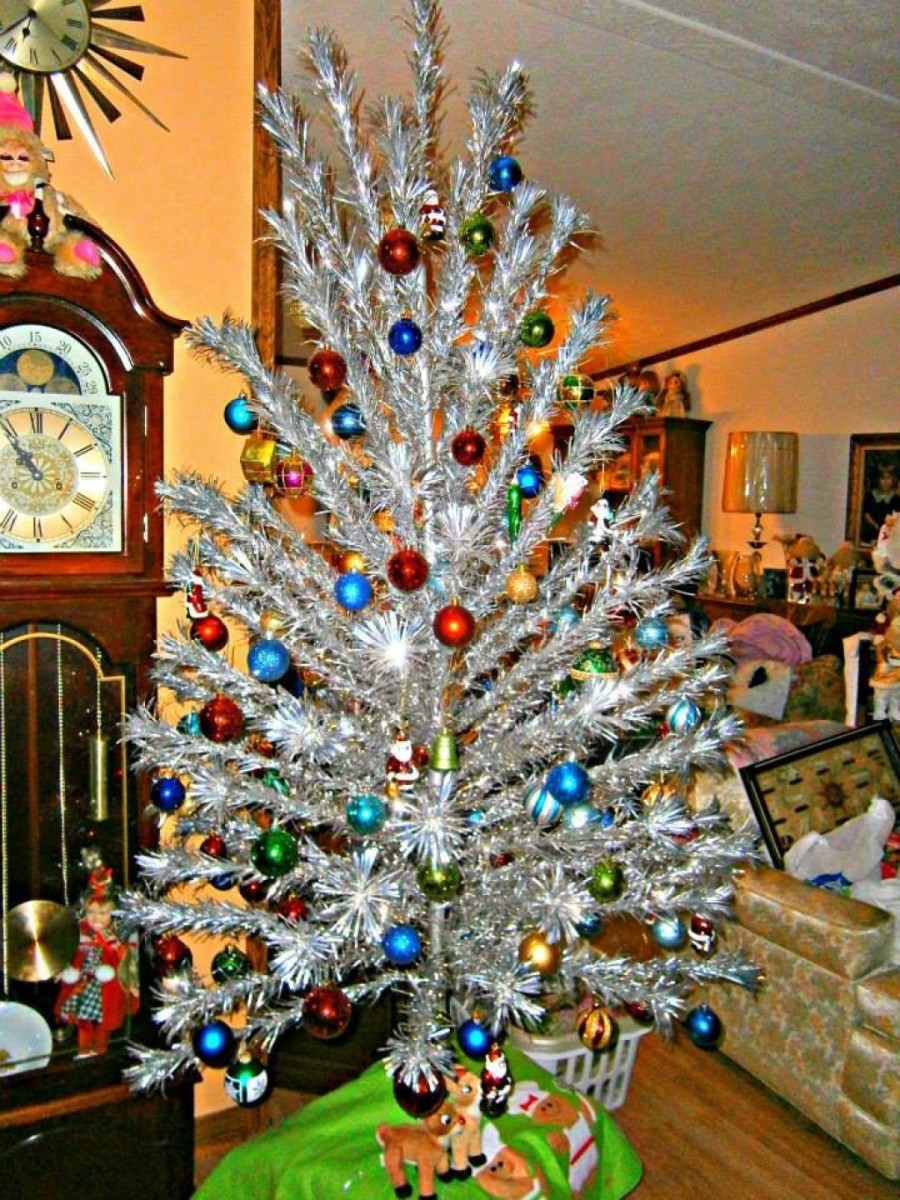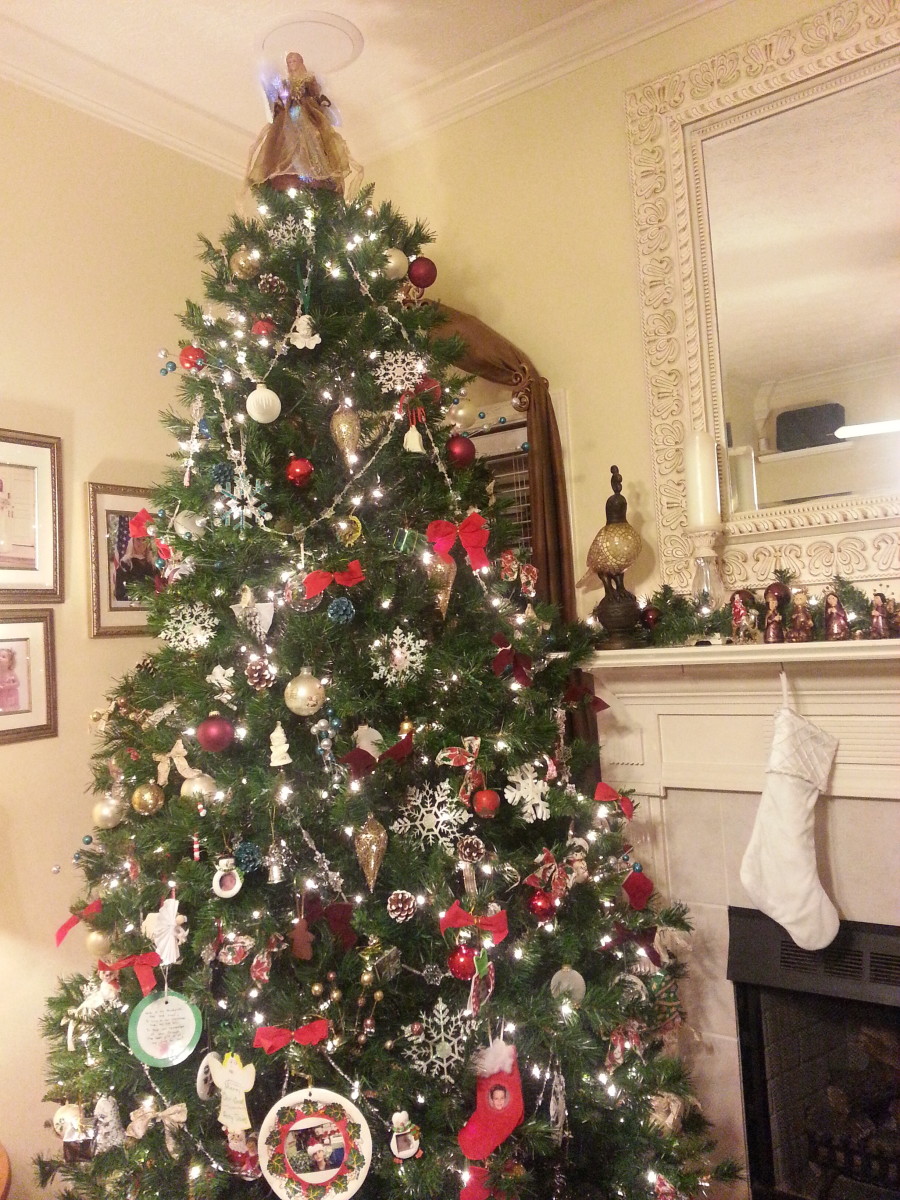Green Christmas Trees - EcoFriendly Christmas Tree Choices
Choosing a “Greener” Type of Christmas Tree
The tradition of decorating and venerating an evergreen tree during the darkest days of the winter is a custom that goes back thousands of years to the practices of Norse and Germanic tribes who held special Yule-time significance for the fir tree or “Tannenbaum.” By the mid-'aughts, over 100 million coniferous trees were cut each year for the Christmas tree trade in Europe and North America.
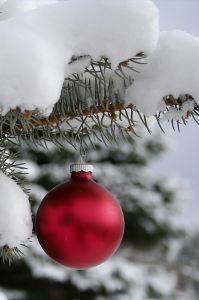
The Christmas Tree Tradition
The tradition, confined mostly to Germanic countries until the 19th century, spread quickly among the emergent middle-class when they became a common feature in the royal houses of Europe and Russia.
However, even as early as the late 19th and early 20th centuries, symbolic table-top “trees” made from dyed feathers were promoted as a way to curb deforestation in Northern Europe.
In the 1950s, highly recyclable aluminium trees lit with a rotating colour wheel became fashionable.
Environmental Concerns over Artificial Trees
Indeed, many people assume that purchasing an artificial tree and using it for several years before discarding it is more environmentally friendly, the materials these "trees" are made of is of considerable concern to the "green" consumer. Most often, they are made from combinations of PVC or other mildly toxic plastics and processed wood products, that almost inevitably find their way into a landfill.
How To Build Your Own Eco Friendly Christmas Tree!
Energy Use and Cut Christmas Trees
The use of a cut tree, no matter the species or source, is an energy-intensive process. From the production, to harvest to transport, this multi-billion dollar industry uses a great deal of energy that an artificial tree can legitimately claim to save. Most natural cut trees are also exposed to massive amounts of pesticide (not approved for human consumption) over the several year production cycle of these farmed trees.
That said, natural, cut Christmas trees are able to be “recycled” (or more aptly, “down-cycled”) into mulch or wood chips for the landscape. Many municipalities collect discarded Christmas trees for the purpose of producing bark mulch for the local parks and recreation system. These mulches naturally compost in the environment, provide weed suppression that allows for fewer pesticides to be used in urban areas and slow erosion of sensitive soils. They are, however, rarely “up-cycled” into items with greater value.
Are cut Christmas trees bad for the environment?
Cut Christmas Trees as a Horticultural Industry
Such trees are also a very important part of the agricultural economies of most areas. Most cut Christmas trees are maintained as a multi-year crop on land that would otherwise be difficult to grow most other food crops on. It is, however, important to note that some of the most potent polluters of groundwater are used on most conventional, cut Christmas tree farms, to control competing grasses. As such, the groundwater in such areas can remain contaminated for many years afterwards with chemicals that have been banned from the human food supply for safety concerns.
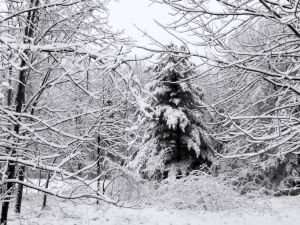
Organic Christmas Trees
In Europe and North America, there are a small number of growers who sell their product as “no spray” or grown under organic conditions. There are, as of the late 'aughts, no legal regulations in North America that govern what “organic” means in terms of non-edible crops. However, EU regulations apply within the boarders of its member-states – Christmas trees are considered a agricultural crop since they are on a fewer than 10-year rotation in most areas.
Living Christmas Trees
One alternative that many holiday revellers have turned to is the use of living Christmas trees. These may be kept from year to year or planted in the spring. Of course, the transport of such trees, with their relatively heavy dirt-balls attached, can be expensive in terms of money and energy. They do, however, represent a highly value-added product that increases in worth with each year that it grows. The value of a full grown tree on one's property greatly exceeds inflation over the long-term, in both environmental and monetary terms.
And unlike a cut tree that can become a fire hazard in short order or, a plastic artificial tree that off-gasses indoor environmental contaminants in proportion to the ambient temperature at the needle (a problem with incandescent lamps), living trees actually clean the air. As long as they are kept reasonably cool, watered and healthy, they will soak up indoor air pollution and emit oxygen - just as they would in the "wild."

Types of Living Christmas Trees
The most commonly used living Christmas trees are the traditional coniferous trees such as fir, pine and spruce. These can be purchased from a commercial nursery in “ball and burlap” form. In some areas, these conifers can also “rented” for the season, picked up in January and, sent back for planting elsewhere. While somewhat more expensive than picking your own cut tree up from a lot, the service is door-to-door for no mess or fuss.
The Pacific-native Norfolk Island Pine is not actually a pine tree at all, but actually sub-tropical conifer that is well-suited to many indoor environments and commonly sold during the Holiday Season. Other services offer a variety of “non-traditional” Christmas trees and shrubs that can be planted in your environment as soon as the weather cooperates in your area.
Ecological way to dispose of Christmas Trees
Choosing the Christmas Tree That is Right for Your Family
People all over the world are looking for simple ways to reduce their carbon footprint and environmental impact. Choosing a non-toxic and recyclable aluminium tree or a living Christmas tree are both good ways to reduce these impacts and still celebrate the holidays in the style that millions are accustomed to.
Links to Environmentally Friendly Christmas Trees and Services (I have no association with any of these sites and make no income from any puchases you may make
- List of Commonly Used Living Christmas Trees
- Norfolk Island Pine – The Other Living Christmas Tree
Purchase and Care Instructions for Norfolk Island Pine Trees - Aluminum Christmas trees, color wheels and more
At AluminumChristmasTrees.net, we sell only vintage Aluminum Christmas Trees and accessories. - Care for a Living Christmas Tree
Displaying a live and living Christmas tree in the house perks up the season plus provides a tree for the yard. Here is how to keep a live, living Christmas tree healthy and provide care. - Organic Christmas Tree Farms
A list of online providers of organically grown Christmas trees. - Adopt A Christmas Tree - Fresh Christmas Tree
Order fresh christmas trees and holiday wreaths online. - living christmas tree rental
The Original Living Christmas Tree Company rents 7 foot tall living Christmas trees then plants them so the Christmas trees grow old and improve the environment.
THIS HUB IS PART OF A SERIES OFFERING A COMPLETE GUIDE TO A GREEN CHRISTMAS (ECOFRIENDLY CHRISTMAS)
For other hubs in this series, please visit the index hub where you will be able to see all topics in this series and navigate between them.
This hub brought to you...
by Julie-Ann Amos, professional writer, and owner of international writing agency www.ExquisiteWriting.com
Why not create your own HubPages? It's fun and you can make revenue from Adsense and other revenue streams on your pages. JOIN HUBPAGES NOW - SIMPLY CLICK HERE...
This work is licenced under the Creative Commons Attribution-Non-Commercial-No Derivative Works 3.0 Unported License. To view a copy of this licence, visit http://creativecommons.org/licenses/by-nc-nd/3.0/ or send a letter to CreativeCommons, 171 Second Street, Suite 300, San Francisco, California94105, USA.



